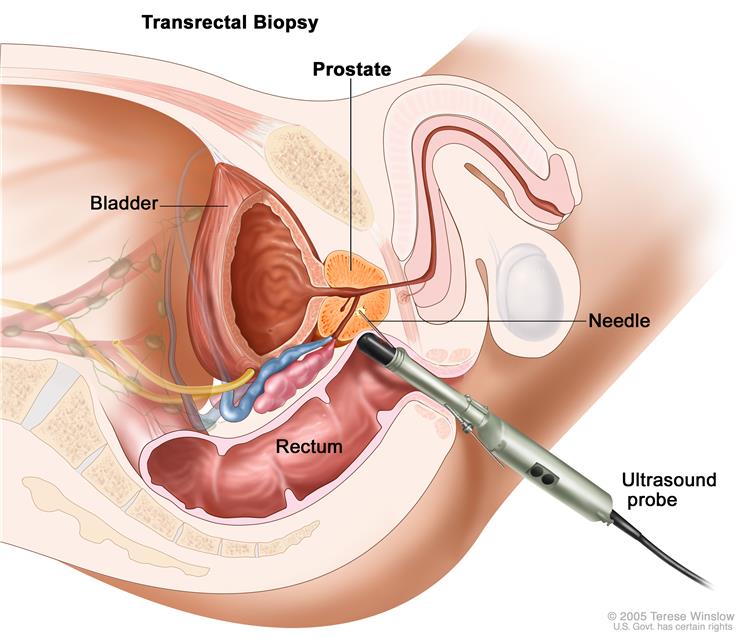Source: Thailand Medical News Jun 13, 2019 6 years, 6 months, 1 day, 4 hours, 59 minutes ago
Researchers with multidisciplinary backgrounds from the University of California, Los Angeles have discovered a more effective method of detecting prostate cancer using a combination MRI (magnetic resonance imaging and also traditional ultrasound guided biopsy.

Ultrasound Method
Ultrasound guided biopsy weakness is that it sometimes cannot clearly display the location of the tumors whereas the MRI method which has gained more usage over the past 8 years, as it has allowed doctors to see specific lesions in the prostate and only take tissues samples from these spots has a drawback in that some some tumors are not visible as lesions on MRIs, so such cancers may not be detected.
However combining both ultrasound and MRI for biopsy guided detection has yielded better results according the three year study conducted by the team, which has been published in the Jama Surgery Journal. The strategy combining both sampling methods led to the detection of up to 33 percent more cancers than standard methods and the findings could help lead to an important change in how prostate biopsies are performed.
Senior author of the study, Dr. Leonard Marks said in an interview with Thailand Medical News,”The findings suggest that that the different biopsy methods identify different tumors and to maximize our ability to identify prostate cancer, we need to take advantage of all the information we can. Our cancer detection rate, while using different methods in tandem, surpasses that from using either method alone.
The study involving 300 male patients, is the first to directly compare the different biopsy sampling methods in the same group of men. This trial establishes that lesion-targeted and systematic sampling are both required to maximize the accuracy of prostate biopsy.
In the study 248 men had a prostate lesion visible on MRI. By using all available biopsy information, the team detected cancer in 70 percent of those men. But 52 men in the trial had no lesion visible on MRI, yet 15 percent of those men were found to have cancer via the traditional ultrasound method, confirming that MRI does not identify all tumors.
Males being assessed for prostate should first receive an MRI before biopsy, when there is a lesion on MRI, doctors should take systematic and targeted biopsies together for the best chance at locating cancer. Even if the MRI is negative for lesions, men at risk especially those with elevated levels of PSA (prostate-specific antigen), or having a prostate nodule, or with a family history of cancer, should still receive a traditional, systematic biopsy.
It is also important in identifying the precise location of cancerous tissue in the prostate as treatments become increasingly targeted. While the surgical removal of the entire gland, known as prostatectomy, is a common protocol of treatment, emerging treatments like focal therapy aim to eliminate only cancerous tissue in the gland while sparing healthy tissue, is more effective when the exact location is determined.
Each year, 5.3 million men in the world undergo biopsies to determine whether they have prostate cancer and each year about 1.2 million men die due to prostate cancer. Proper detection can help save more lives.
Reference : JAMA Surgery&am
p;nbsp;(2019). DOI: 10.1001/jamasurg.2019.1734
